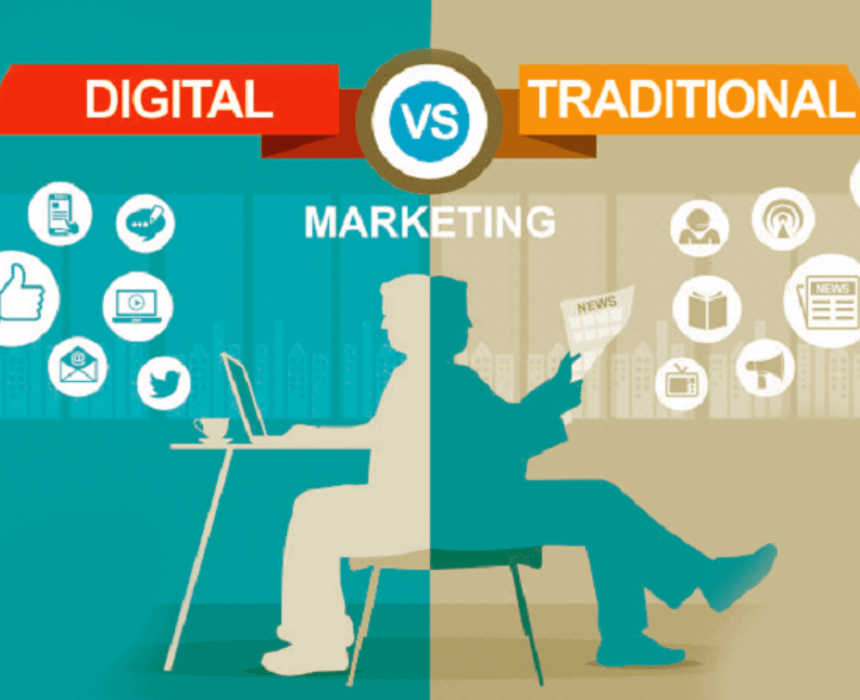INTRODUCTION
Before proceeding further I would like to tell what we actually meant by the term Digital Marketing and how it is relevant in today’s world. So, digital marketing is basically a form of marketing that is done by promoting the brands to connect with potential customers via online platforms. Digital marketing plays a vital role in today’s modernist world because of its global reach. However, it came to a successful peak just after the pandemic as the growth of online presence increased. Digital marketing is one of the most effective ways to target a certain set of individuals. This allows you to obtain vital data about your target audience while also improving the effectiveness of your marketing efforts. At the moment, digital marketing appears to be increasingly popular with businesses. This is because online marketing generates more traffic and is more cost-effective than traditional techniques. One of the most significant benefits of digital marketing is the ability to achieve global reach at a very low cost when compared to traditional methods. However, at the moment, they serve to supplement one another.
It is one of the most valuable assets to your business’s growth and helps you establish an authoritative online presence. Talking about marketing specifically, it’s eventually divided into two parts given below:
- Digital Marketing
- Traditional Marketing
Meanwhile, it is the main reason why digital marketing is often compared to traditional marketing such as magazine ads, billboards and direct mail. Traditional marketing is an older way of marketing, while digital marketing is a new and evolving way of marketing.
How did digital marketing evolve from traditional marketing?
With the evolution of technology, new platforms of marketing started to emerge. Traditional marketing became a secondary option for new-age businesses when digital marketing was introduced. It allowed brands to reach their target audience at a much lower cost with a better conversion rate. Later on, digital marketing was adopted by all businesses across the globe, to increase their reach.
Evolution from Traditional to Digital Era :
Traditional Advertising Era (Pre-1990s)
- Print Media
- Radio Advertising
- Television Advertising
- Outdoor Advertising
Transition to Digital (1990s – Early 2000s)
- The Internet and Early Ads
- Email Marketing
- Search Engine Advertising
Rise of social media & content marketing (Early 2000s- Mid 2000s)
- The launch of Google AdWords
- Emergence of LinkedIn
- Arrival of Instagram, Facebook, etc.
- Mobile & video marketing
The Age of Integration & Personalization (2010)
- Mobile Marketing
- Advanced SEO
- Social Media Maturation
- Video Marketing Surge
The Era of Artificial Intelligence & Automation (2020s)
- AI and Machine Learning
- Influencer Marketing Growth
- Integrated Omnichannel Strategies
- COVID-19 Pandemic Accelerates Digital Transformation
From the introduction of Google AdWords in 2000 to the recent growth of the metaverse, technology breakthroughs, changes in consumer behavior, and legislative developments have all contributed to the evolution of advertising. This path demonstrates the growing relevance of digital and data-driven tactics for producing personalized, targeted, and compelling advertising experiences.
Why Digital Marketing is becoming popular nowadays?
Here are some of the reasons why digital marketing is becoming the most popular alternative in every industry:
Cost-effectiveness : Digital marketing typically costs less than traditional approaches. Online marketing can be scaled to meet a variety of budgets, and the return on investment can be greater.
Measurable Results : Digital marketing enables easy tracking and analysis of campaign performance using tools like Google Analytics and social media analytics. This allows organizations to evaluate the efficacy of their strategy and make data-driven decisions.
Targeted Audience Reach : Digital marketing allows for exact targeting based on demographics, interests, behavior, and other variables. This guarantees that marketing activities reach the intended audience at the appropriate moment.
Global access : Digital marketing breaks down geographical constraints, enabling organizations to access a global audience.
Flexibility and adaptability : Digital marketing initiatives can be altered and optimized in real-time. Businesses can react swiftly to market trends, feedback, and shifts in consumer behavior.
Effective digital marketing methods can result in increased conversion rates. Businesses may convert more leads into customers by targeting the appropriate demographic and providing a seamless user experience.
Enhanced Brand Awareness: Consistent online presence and excellent content marketing can boost brand visibility and awareness. Social media, SEO, and other digital marketing methods help to build a strong online brand presence.
Competitive Advantage: Keeping up with digital marketing trends and technologies provides organizations with a competitive advantage. Companies that efficiently use digital marketing can stay ahead.
CONCLUSION :
The digital era ushered in a paradigm shift in advertising. The internet opened up new ways for firms to communicate with their target audiences. Digital marketing has evolved drastically from traditional methods to modern techniques like social media and data-driven strategies.






